Frank van Groen
.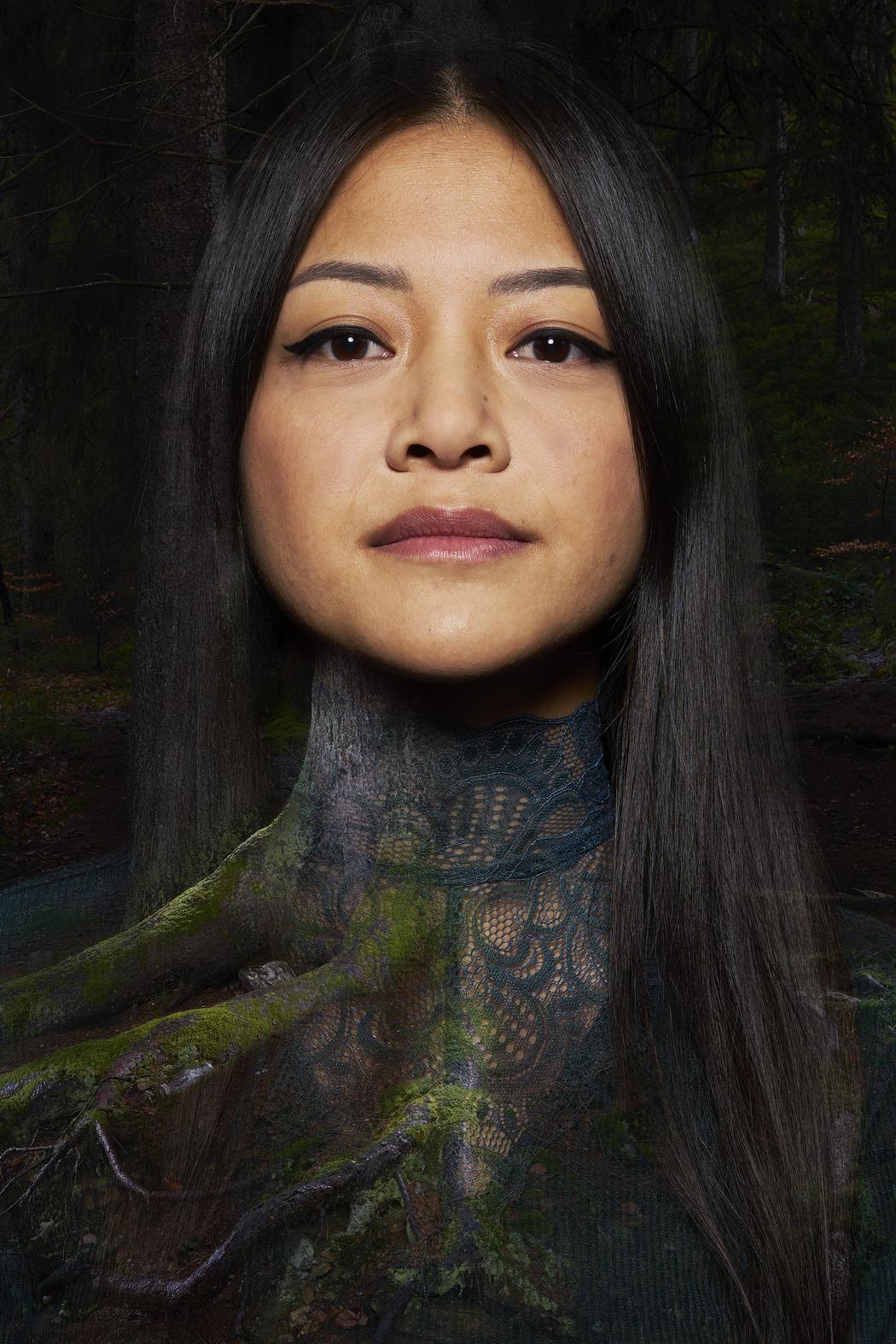 Frank van Groen | Related
Frank van Groen | Related
Your photographic journey began with a radical shift from law to visual storytelling. What sparked that transformation, and how did your first trips to Indonesia shape your artistic path?
After completing my first state examination in law, I came to a point where I asked myself whether I could really realize myself as a person on this chosen path. A profession is always more than just the content, it also immerses you in a world that belongs to it. I came to the conclusion that I am a person who needs a lot of freedom and therefore independence, who likes to inspire people to cross boundaries in perception and thinking … and who likes to communicate. The image as a means of communication and its immense depth effect seemed to me to be exactly the right medium for this and so I embarked on the path to photography.
I started with an internship with an advertising photographer, but ended this after 6 months because I was longing for more. That was not satisfying me at all. I wanted to go off and do something on my own. Then I decided to fly to Java & Sumatra in Indonesia for 2 months, mainly to photograph orangutans, the Mentawai Indians and a bit of the country and its people. So I started very early with a project in which I was drawn to nature and encountered other worlds. I looked deep into the eyes of orangutan babies, met full-grown orangs in the jungle and spent a few days with people from a completely different culture who are totally connected to nature, only to realize in the end that many we do have the same.
This idea of overcoming foreignness in favor of closeness and familiarity, and therefore connection, is a thought that has often accompanied me in my freelance photography ever since. The experiences, encounters and insights that I had with my camera in Indonesia had created something like an inner foundation that I could always refer back to when things didn’t go as they should in contract photography. It always gave me support in bad times because I had discovered why I actually wanted to do photography, to work on these kind of projects.
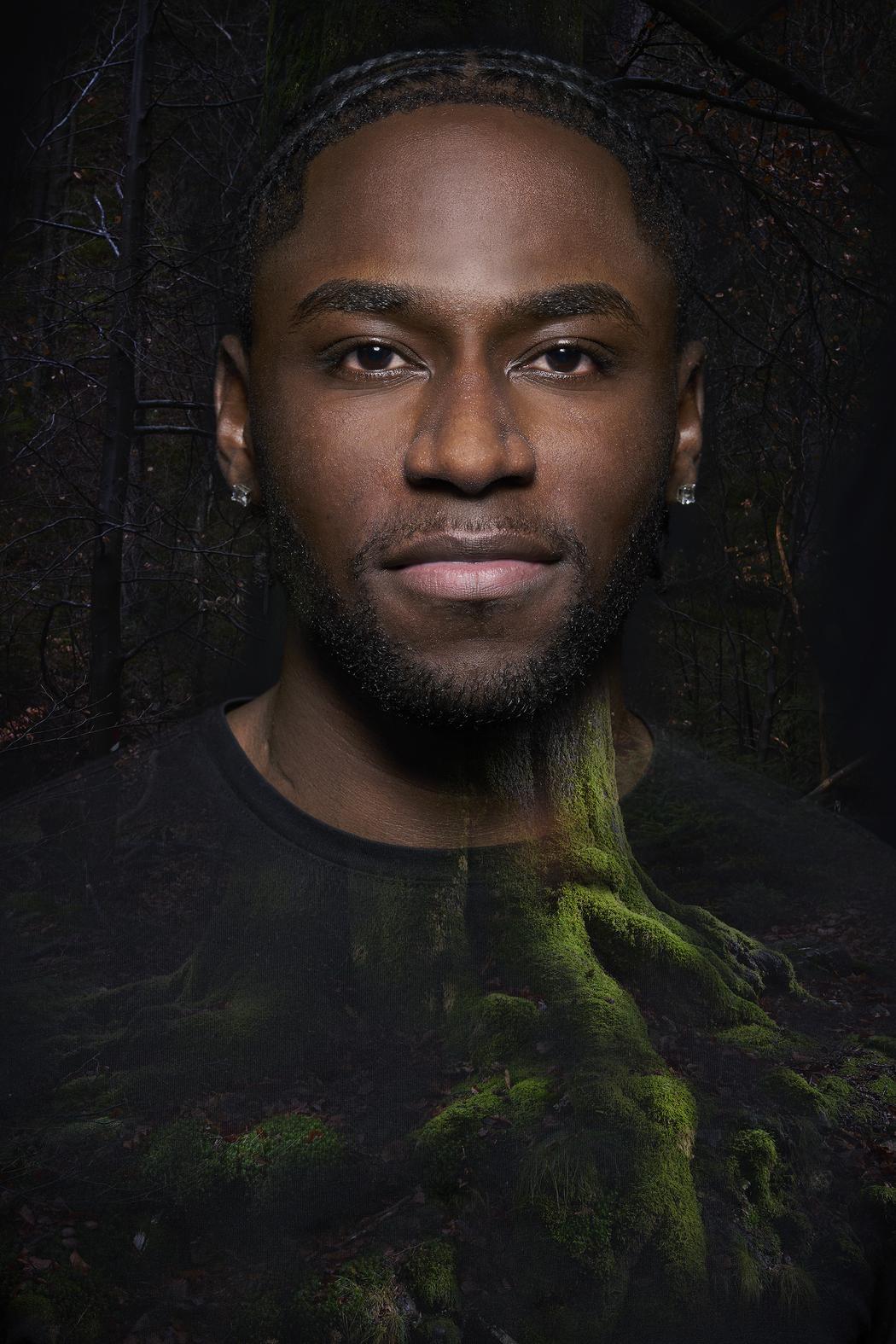 Frank van Groen | Related
Frank van Groen | Related
In your early work, you focused on Orangutans and the Mentawai people. What drew you to these subjects, and how did you approach them with respect and authenticity?
I can’t really say for sure, how it came up to my mind then! It was more of a feeling at the beginning. When I thought about what subject I should devote myself to photographically, orangutans immediately came to my mind. Perhaps because I had read an article about human rights for great apes during my studies and found the legal idea very exciting. But I remember, that it was no question for me that I wanted to visit the Orangutans – and not Chimpanzees or Gorillas. Perhaps because Indonesia appealed to me as a country and the Orangutans are only native there.
But what certainly also played a part in the choice of the two “themes” is the fact that topics relating to endangered animal species or groups of people have always attracted my attention.
These issues have always stirred my sense of justice, which is why I had already studied law.
While I was photographing, I always tried very hard to hold back as much as possible and only take pictures when I felt it was OK to do so. After all, with my camera I’m something of an intruder in the private sphere and so I tend to hold back until a level of trust has been established instead of immediately thinking only about my photos. Doesn’t matter if I photograph people or animals. And since I didn’t have a job to do, I wasn’t under any pressure to deliver certain results.
You’ve mentioned that perspective changes open the door to new ways of seeing. How does this idea manifest in your portrait work today?
This statement was a very universal one, that is something of a life motto in all areas of life & work. When I adopt a different perspective – whether physically with my camera or mentally with a different point of view – then I also see different facets. This approach is particularly evident in my current portrait series “related”, in which I am primarily concerned with raising awareness of the common history of origin of all people in order to promote much more empathy and understanding among people, regardless of which culture they come from. The idea of my project is, underlined by a Oxford Study published in the Scinece magazin in 2022, that all humans are related to each other. And if you take this point of view, you maybe are looking more at the connecting element rather than the dividing element. It could encourage more togetherness. But this guiding principle also applies to my other works, which are not portraits. I always like to communicate different points of view, because it expands perception and does justice to the complexity of many things. As you can see, it is again a parallel to jurisprudential thinking.
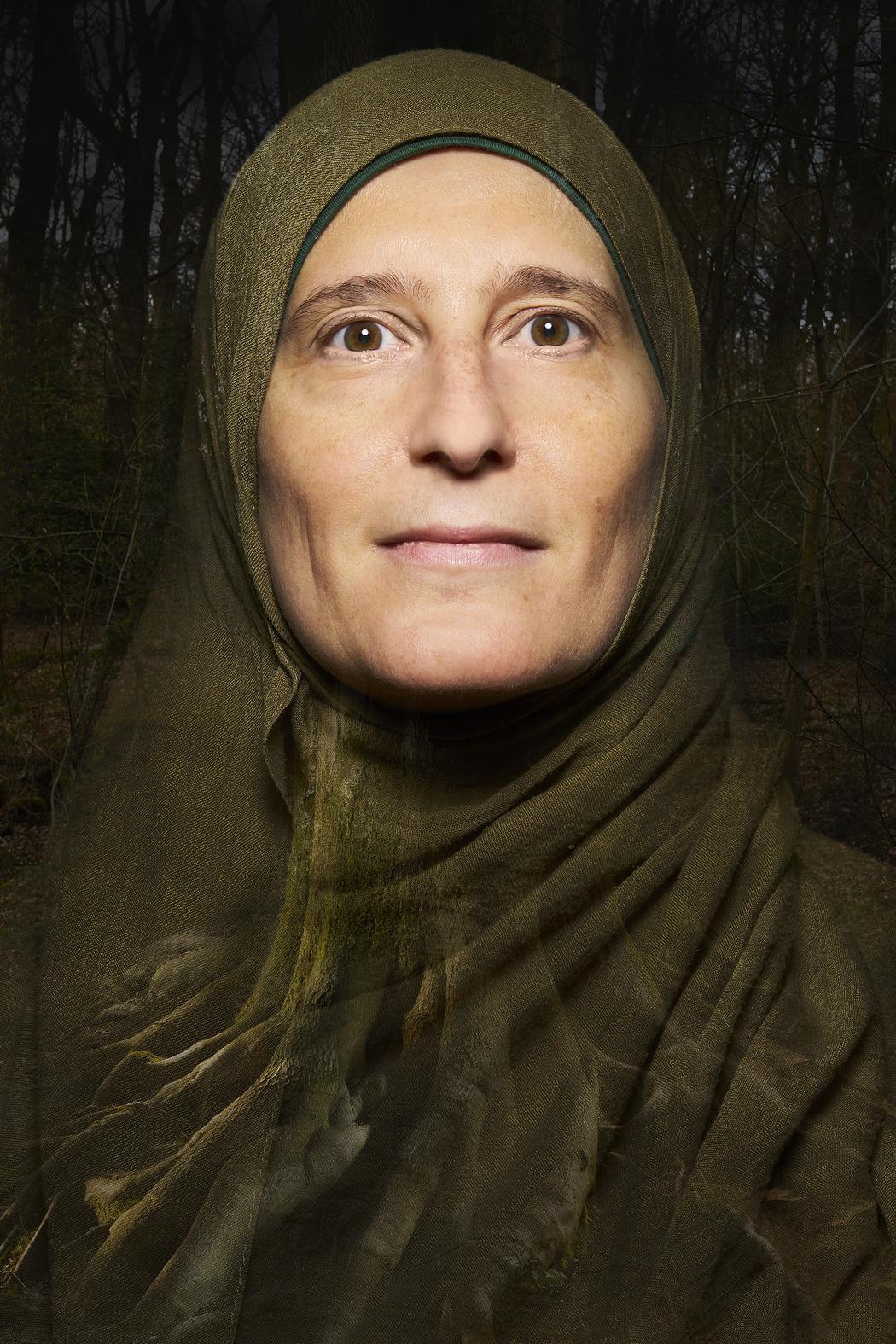 Frank van Groen | Related
Frank van Groen | Related
Can you tell us more about your collaboration with your wife on the Norway project? How did working together influence the visual language of the book?
We had both wanted to discover Norway for a long time, independently of each other. When we made our first trip there, we hadn’t been a couple for very long and were far from married. But we had already worked together and Hanne had been my assistant for a while on my advertising and corporate assignments. The decision to produce an illustrated book came during our travels because we both felt there was a huge discrepancy between the Norway depicted in the vast majority of illustrated books and travel guides and the Norway we traveled to. Norway has such an incredibly diverse landscape that is not limited to a few well-known glaciers and fjords. We wanted to create an illustrated book that would create a comprehensive portrait of Norway off the beaten track. My wife and I had the same vision and went hand in hand in the visual realization. Sometimes I just photographed a little more wide-angle and my wife a little more telephoto, but actually the entire book, from the creation of the photos to the realization of the book, was a great joint hand-in-hand result, which once again exemplifies our joint work and also relationship, that we even already have had in our early time together. I think, this good and team-based partnership has created an absolut great individual looking book that was sold out in between 8 month worldwide.
You’ve photographed across diverse environments—from Sumatran jungles to Scandinavian landscapes. How do you adapt your creative vision to such contrasting contexts?
Oh, that’s quite simple! I am very, very flexible! Joking aside, I’m always interested in discovering and immersing myself in another physical or spiritual world, getting to know it and letting others participate in a certain way through my pictures, in my discoveries, my insights and also my feelings that landscapes, encounters or insights have triggered in me, in the hope of enriching people through my work. And in the end, it doesn’t matter which country or which people, animals, etc. I seek out and photograph. For me, it’s always about getting to know, the connection, and expressing it with my photography as long as I myself have a connection towards the subject.
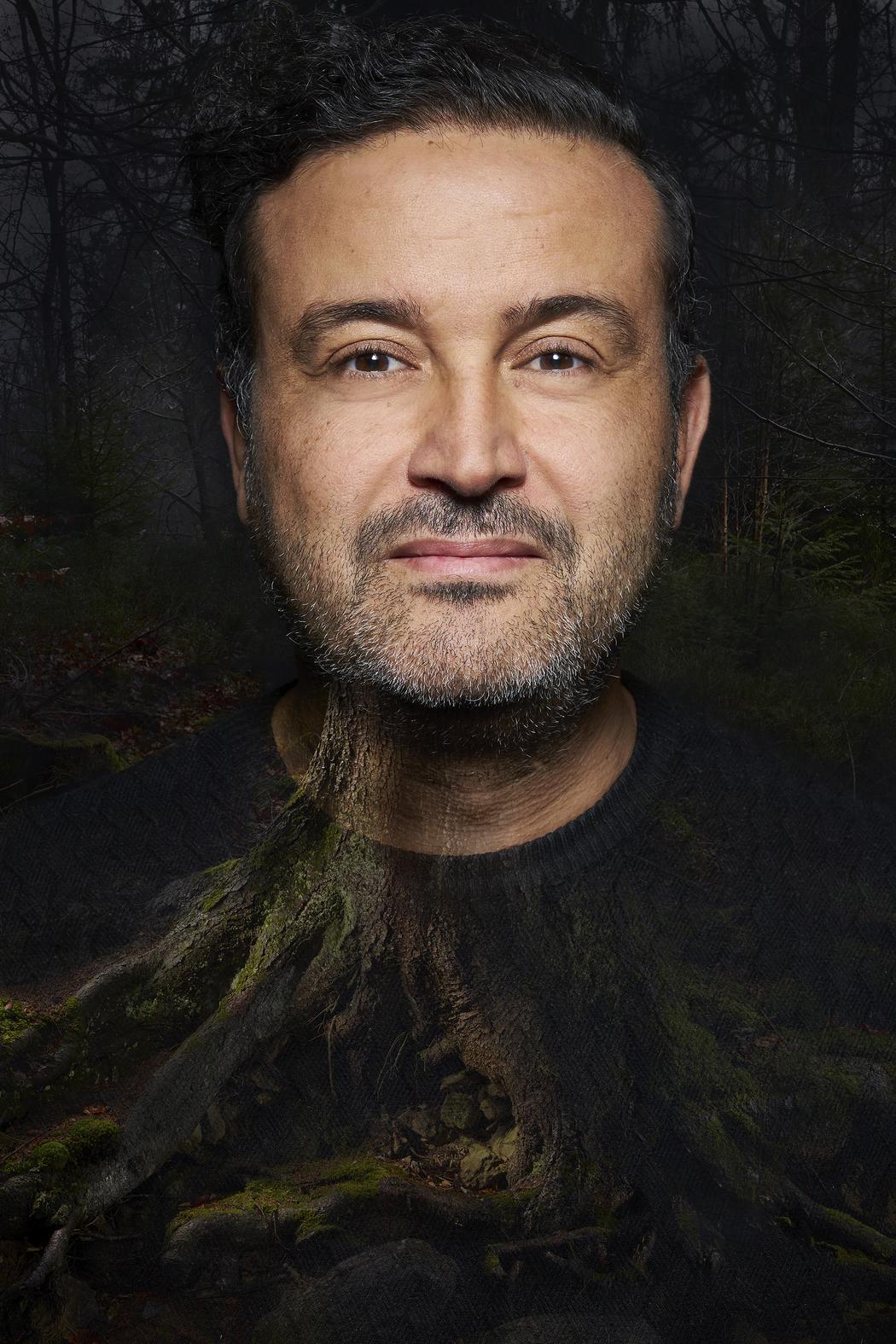 Frank van Groen | Related
Frank van Groen | Related
What inspired your “auenblicke” calendar series, and how important is it for you to connect with your local community through your art?
At the time, I wanted to devote myself more intensively to a topic and initially planned to travel to China to visit the Mosuo, a matriarchal society. But then I abandoned these plans. It would certainly have been a great project, a great trip and wonderful pictures would certainly have been taken. But the question of what this actually had to do with me slowed me down. Nothing, of course! The exoticism of the image motifs would certainly have had its effect here again, but I wanted to somehow take on a completely different photographic and content-related challenge. I decided to photograph a project that had to do with me and my origins. And that was a photographic exploration of a small meadow landscape in the south of Düsseldorf on the Rhine. My parents live and I grew up on the edge of this meadow landscape. At the beginning, it was really difficult to find good motifs that would take the viewer into my world of thought. But over time, I connected more and more with the landscape on my tours early in the morning before sunrise or in the evening at sunset and more and more motifs opened up. I began to see more and more and so, over a period of 2 years, I actually spent time there again and again taking photographs, accompanied by memories, feelings, smells and images in my head from my childhood and youth. I actually wanted to make an illustrated book at the time and show this area in all seasons. Unfortunately, there was no or hardly any snow during my working period there, so I had only one snow motif. This gave rise to the idea of a calendar, which I then produced myself. There is also a limited art edition of special motifs called “Heimat”. The calendar was a local project that far exceeded my expectations. I had little local support, and I had to manage the project all by myself and also pre-finance the printing. I had 1000 calendars printed, which is really a lot for such a local project, which also tends to be of interest only in this part of Düsseldorf. But the majority of the calendars were sold in just a few sales outlets and with a lot of personal commitment and were so successful that I produced another calendar the following year. In the end, it was exactly the right topic for me because it reconnected me with my homeland and the people. The calendars contained motifs of this landscape that most local people had never seen or perceived before, especially, of course, because the light and thus the appearance of the landscape differed from what most people see on their daytime walks. They liked to see their well known location from a new point of view and that was nice to see, how this calendar brought up a lot of dialogs about this area and my work with the local people over there. I think it’s important to stay connected where you come from and thus create a solid basis.
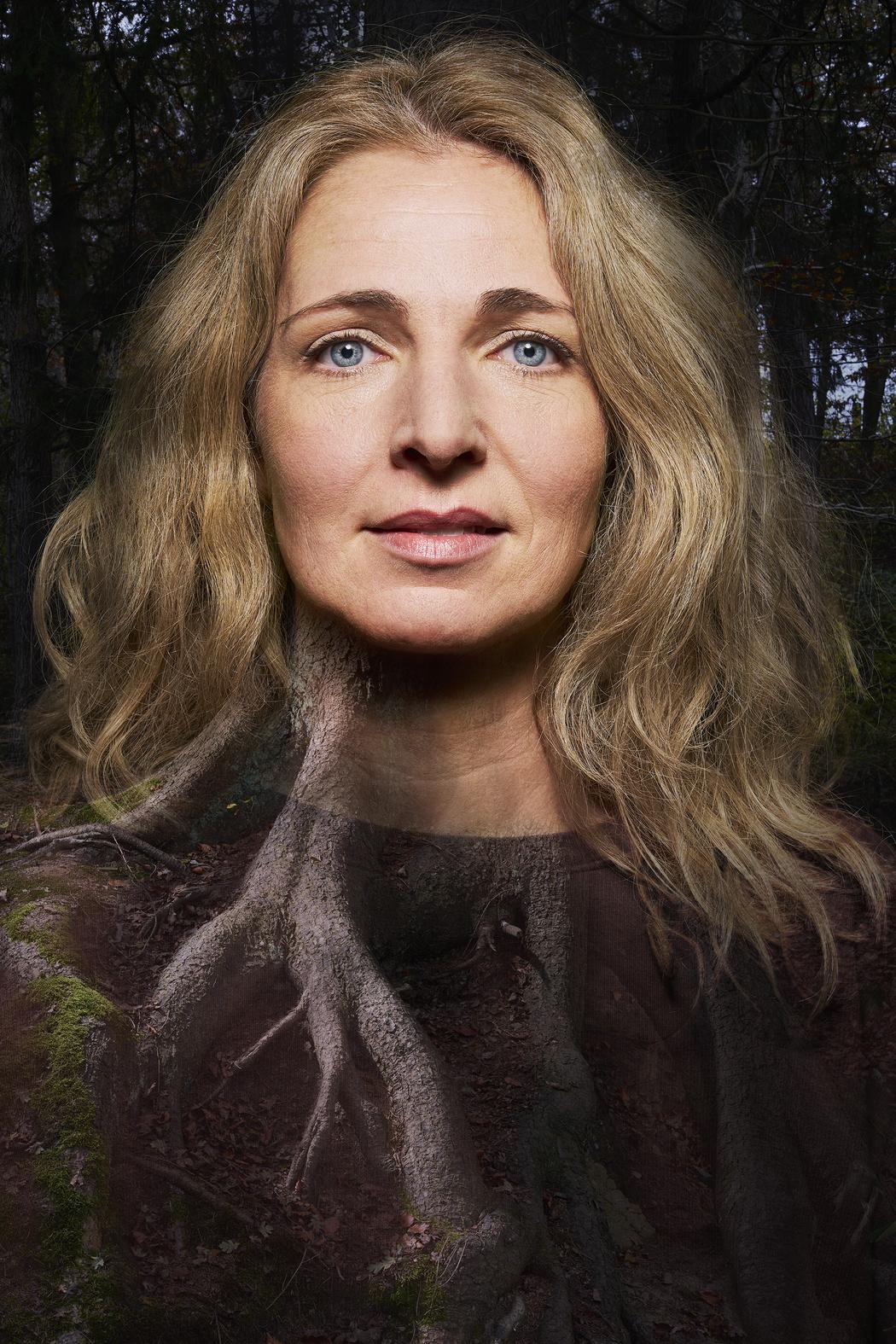 Frank van Groen | Related
Frank van Groen | Related
Many of your portraits seem deeply rooted in nature—almost literally, as in the “Related” series. What is the conceptual message behind these blended visuals of people and forest?
My project “related” is a series of pictures with portraits of people from originally very different cultural backgrounds connected with a second picture plane consisting of individual protruding tree roots. As a rule, a person’s “roots” are initially shaped by their family, home and culture. In addition, each person forms their own individual inner roots through their very personal path through life.
Our own “roots” usually provide support, orientation and a sense of belonging. They connect us through a common culture, a common language, common themes or even a common value system.
However, “roots”, as much as they can connect us, also always have a divisive side. People often find it difficult to understand “others”, for example those with a culture that is foreign to them, and the more foreign the other person or their world of thought appears, the more distance arises; misunderstandings and conflicts are often a consequence of this divisive side of different “roots”.
But we are all human beings and have similar basic needs, regardless of our origins. After all, we all spring from the nature of this earth and most likely have a common ancestry, common roots, so to speak.
A study by the Big Data Institute at the University of Oxford was published in the journal Science in 2022, and in this study the most extensive family tree of mankind was created.
The result supports the thesis:
Our genetic material not only determines our individual characteristics, but also tells the story of our ancestry and origins.
In the study, more than 3,500 individual genome sequences from 215 populations of modern and up to 100,000-year-old DNA samples from all parts of the world were recorded and analyzed using AI. The mapping shows the relationships of populations living today and allows conclusions to be drawn about common ancestors.
I really like the idea that we are all somehow related to each other and perhaps it also encourages more openness and respect towards everyone, no matter how individual and otherwise rooted this person is, because we all have a common element that connects us, the common ancestry of a human family.
This project was originally initiated by the request for an exhibition with the theme “roots”, an interdisciplinary art project in Düsseldorf and the invitation to tender for another exhibition “rooted” from the Berufsverband freier Fotografen und Filmemacher e.V. ( BFF ) as part of the international Photoszene Köln Festival. My project “related” was then the result of my exploration of the theme of roots and being rooted.

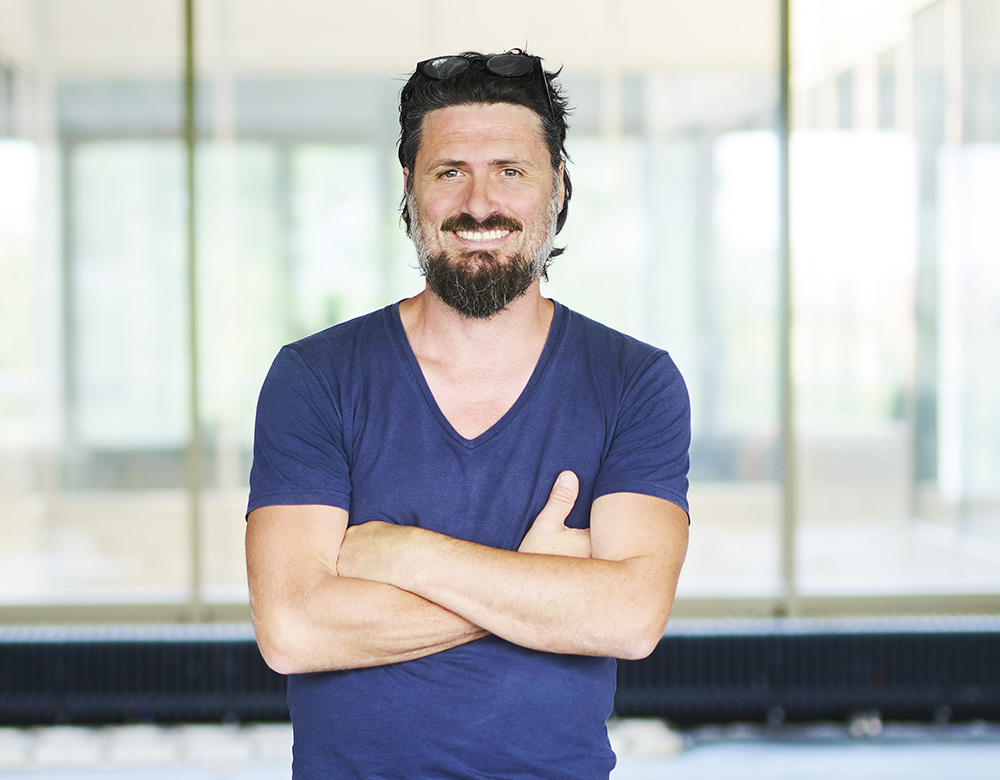
Leave a Reply